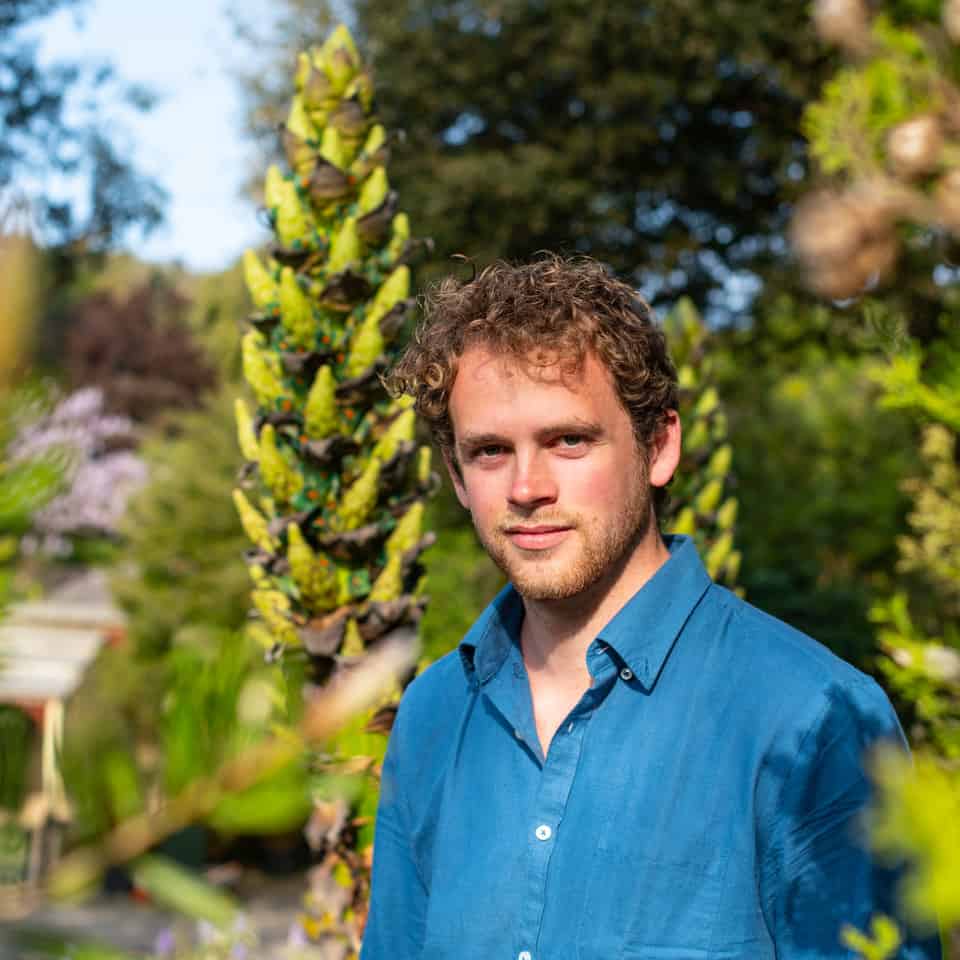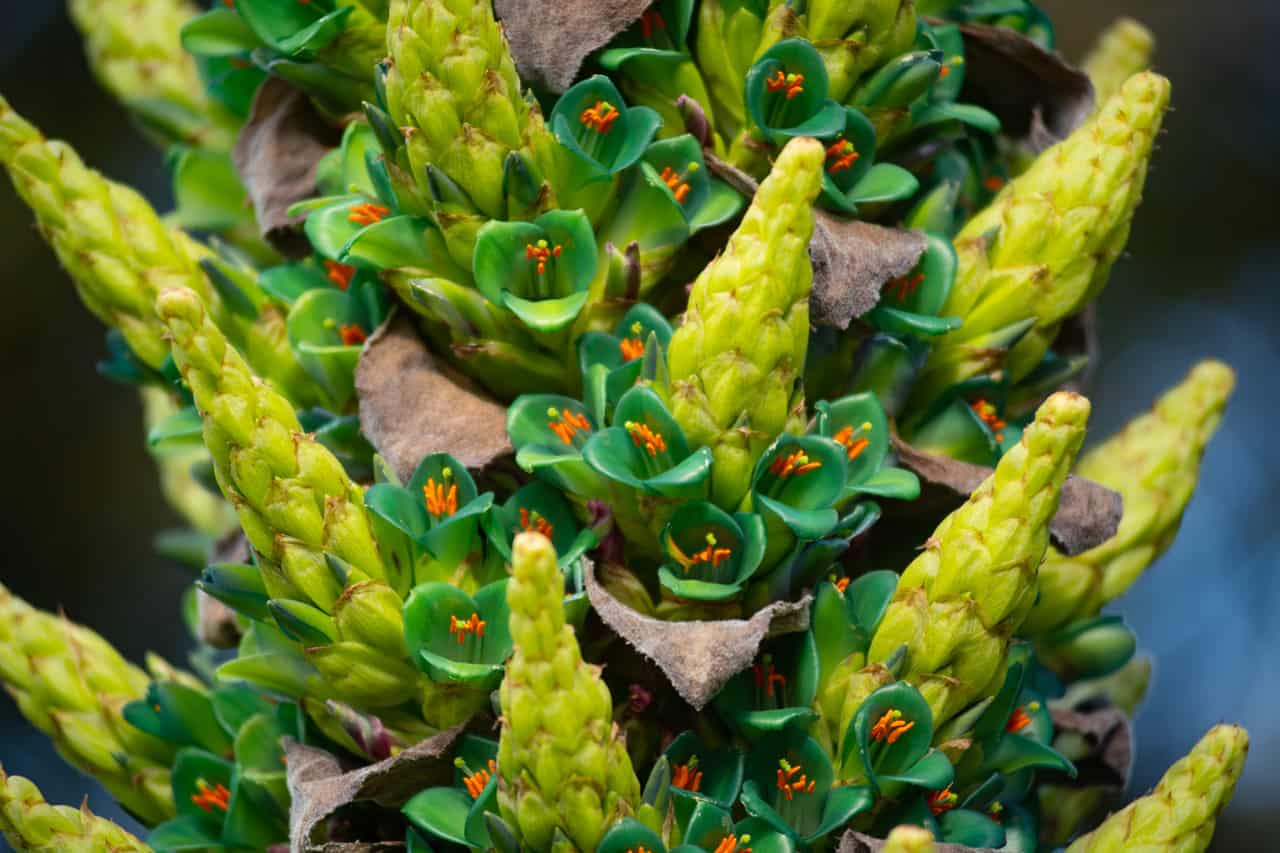A rare South American plant with a fearsome reputation has burst into bloom at Abbotsbury Subtropical Gardens.
The Puya chilensis is a rarely seen relative of the pineapple, native to the mountains of Chile. Known as the “sheep-eating plant”, in its native habitat its ferocious spines have been known to trap sheep, birds and small animals. Their remains provide the nutrients for the huge plant to survive and bloom.
Because it requires large amounts of energy, Puya requires decades to gain the energy to flower into clusters of bright, usually yellow, blooms and is pollinated by hummingbirds.
So, there was great excitement when Abbotsbury’s Puya showed signs that it was preparing to flower this month. But plant fans keen to see the unusual sight only have a couple of weeks to enjoy the spectacle, depending on the weather.

Abbotsbury Subtropical Gardens’ Curator David Pearce says anticipation grew among the Gardens’ team, as a flowering Puya is such a rare thing to see.
He adds: “The Puya’s highly specific growing requirements make it a rarely seen plant in British cultivation; with it typically only being seen in heated glasshouses. In addition to this, it typically takes more than a decade to flower, making this a much-anticipated blooming.
“Colloquially named the “sheep-eating plant”’ as it has been known to trap and “eat’ sheep, birds and other small mammals with its hooked barbs. Fortunately, none of our gardeners have succumbed to that fate! The plant has evolved this trait to deal with the nutrient-poor mountainsides in its native Chile.
“We knew it was going to flower because the flower stem began to emerge from the centre of the leaf rosette.
“The inflorescence – the term used for a group of flowers – grew up to 20cm a day until it reached about 3.5 metres tall, when it branched into a resplendent network of flowers with an unusual turquoise form of flowering. This year we had four inflorescences, all emerging from the same clump.”
Abbotsbury Subtropical Gardens is open seven days a week. Visitors keen to see the Puya should ask one of the Gardens’ staff to point them in the right direction to find it on the Mediterranean Bank.


Leave A Comment